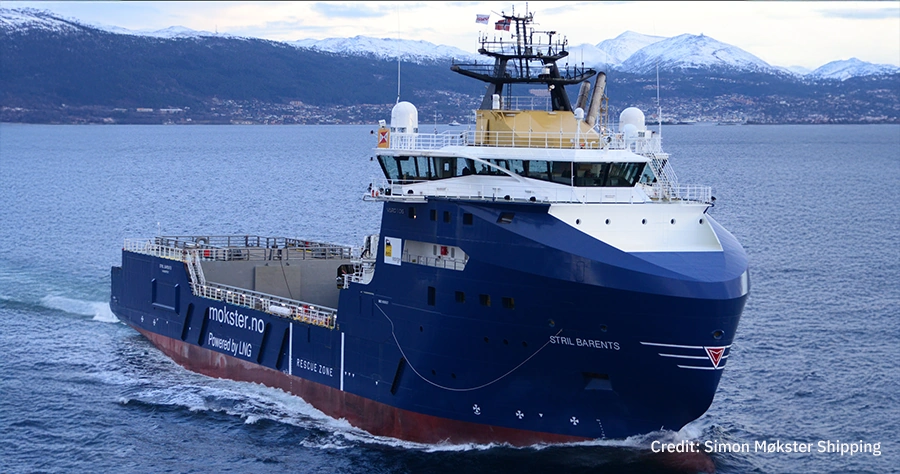on our latest content
News
& resources
Access our latest updates, industry knowledge, reports, and success stories here, filled with valuable insights, expertise, and best practices demonstrating how we can help digitalise and optimise your remote business operations.
Meet us at the next eventsand tradeshows
Content
Categories

Telemar and TNL announce merger to fast-track maritime digital transformation
09 July 2025 – Agreement strengthens Marlink Group’s delivery of remote digital services, compliance and maintenance solutions across the US, Europe and Asia
Read more

Understanding Maritime Cyber Regulations
26 June 2025 – Maritime cyber regulations are currently comprised of guidelines within the ISM Code (as well as tougher tanker-focussed industry standards such as SIRE, TMSA).
Read more

Solstad renews partnership with Marlink for its next stage of digital transformation
25 June 2025 – Specialist operator Solstad will use Marlink’s SealinkNextGen network solution with Starlink LEO as primary connectivity across the vessels in their fleet.
Read more

Increasing Bandwidth Drives Need for Cyber Focus-
18 June 2025 – Interview with ViaSatelliteAnswers attributable to Nicolas Furge, President, Marlink Cyber
Read more

Simon Møkster Shipping boosts fleet efficiency with pooled Starlink bandwidth from Marlink
27 May 2025 – Specialist support vessel operator will pool bandwidth for optimised access to high throughput, low latency connectivity, increasing flexibility across the fleet
Read more

Marlink SOC report finds maritime users facing increasingly sophisticated cyber threats
20 May 2025 – Hackers are evolving tools and tactics, using next generation technology and commercially available software to exploit vulnerabilities
Read more

Understanding the NIST Framework
07 May 2025 – Regulation of cyber risk is growing for business owners across all market verticals served by Marlink; these companies will increasingly be called on to comply with industry standards, national regulation and regional regimes.
Read more

Preparing for and responding to cyber threats
01 May 2025 – The maritime industry is exposed to a wide range of threats, from piracy and armed conflict to espionage, hybrid warfare, influence operations and increasingly, cyber attacks.
Read more

Marlink launches External Attack Surface Management solution to provide proactive cyber threat detection
29 April 2025 – Marlink Cyber offers tools to support customers across maritime, energy and enterprise by identifying and anticipating digital security threats in real time
Read more

Hackers are increasing their use of AI
24 April 2025 – In a recent maritime cyber threat report, Norway-based SatComm specialist Marlink highlighted the changing tactics of cyber criminals, who are increasingly attempting to bypass previously effective security controls using new tools.
Read more

Are maritime hackers pushing at an open door?
23 April 2025 – Applying IACS regulations to newbuildings but not to existing ships creates an opportunity for malign operators, writes Tore Morten Olsen, President, Maritime, Marlink
Read more

Marlink creates dedicated cyber company to meet customer demand for security and compliance
02 April 2025 – Marlink Cyber will work across all market sectors with a portfolio of managed services spanning security assessment, infrastructure protection and cyber defence solutions
Read more
